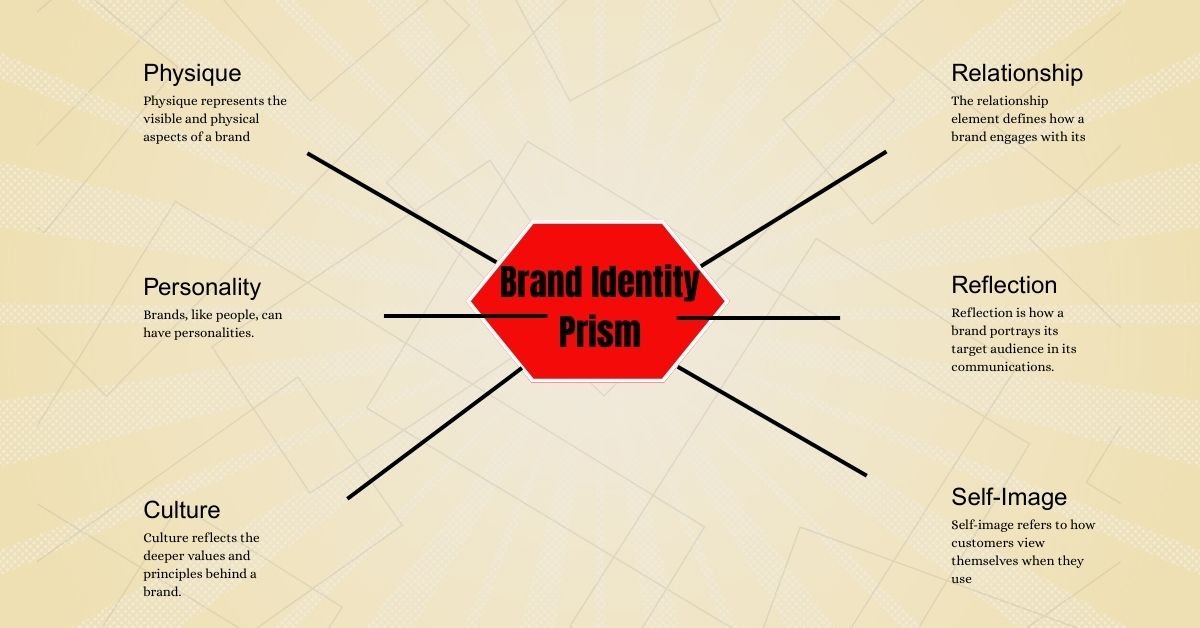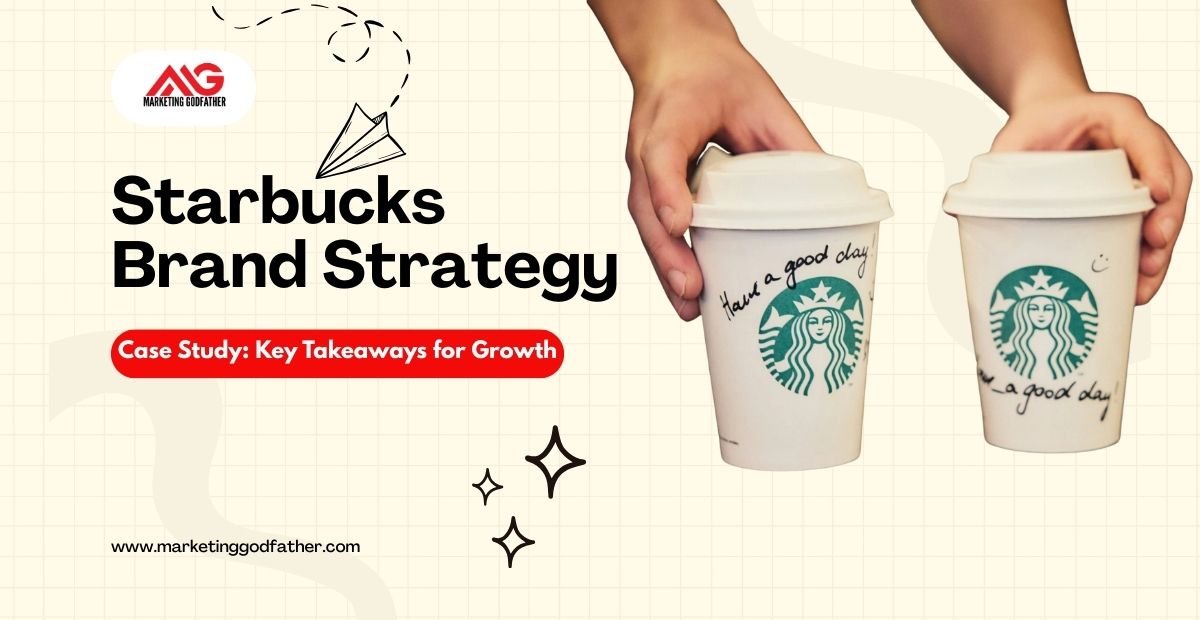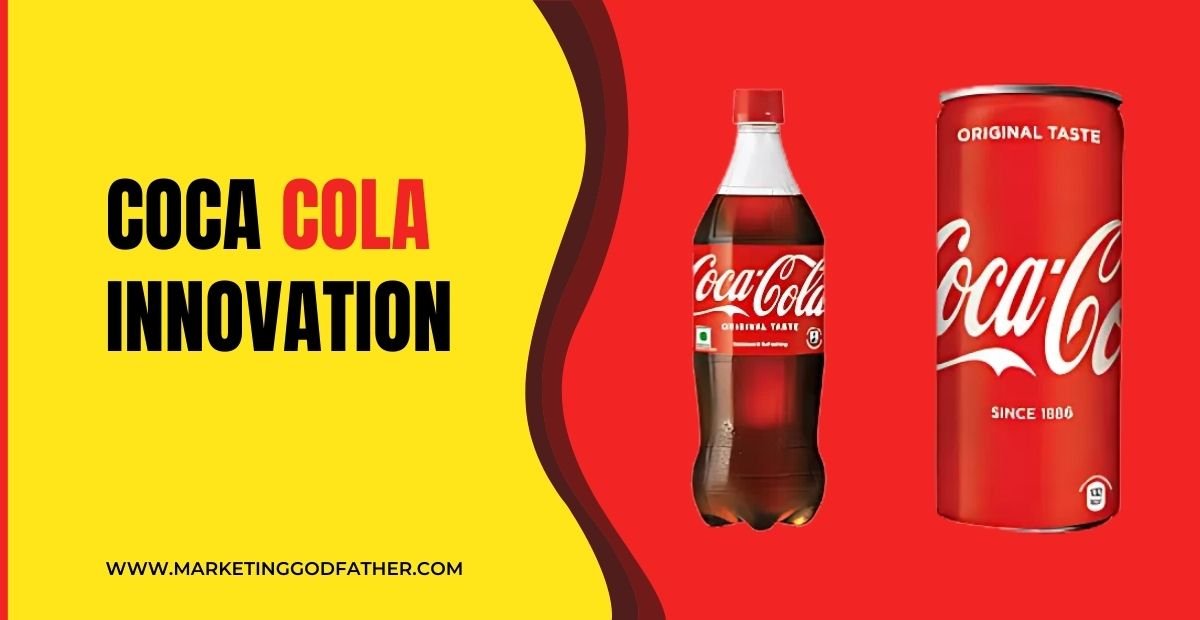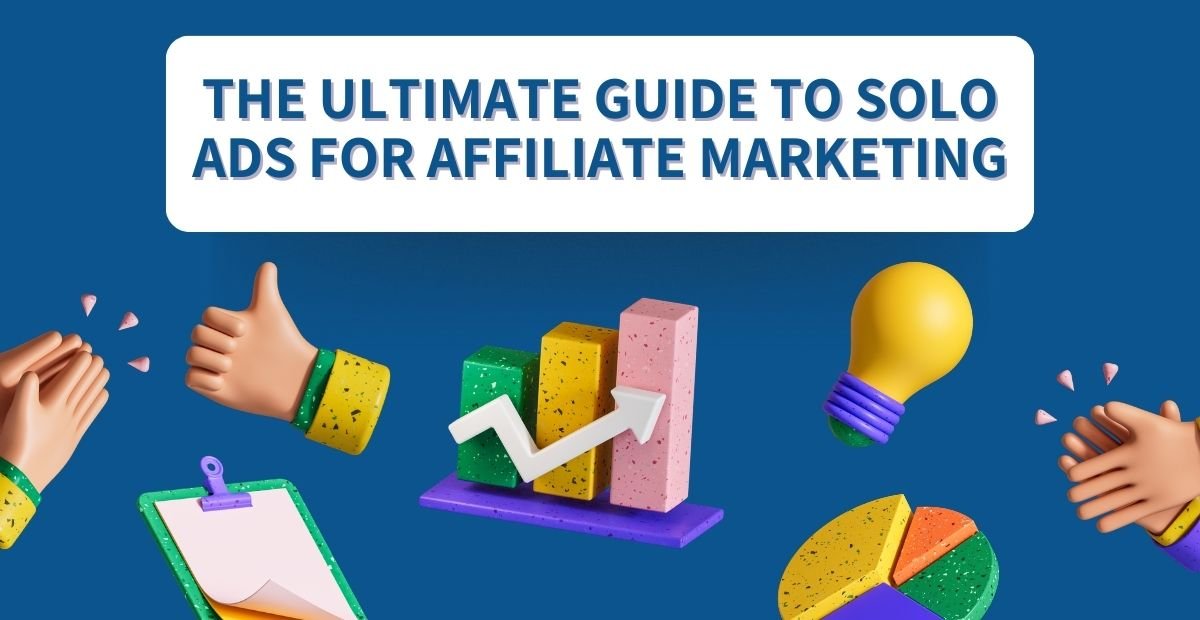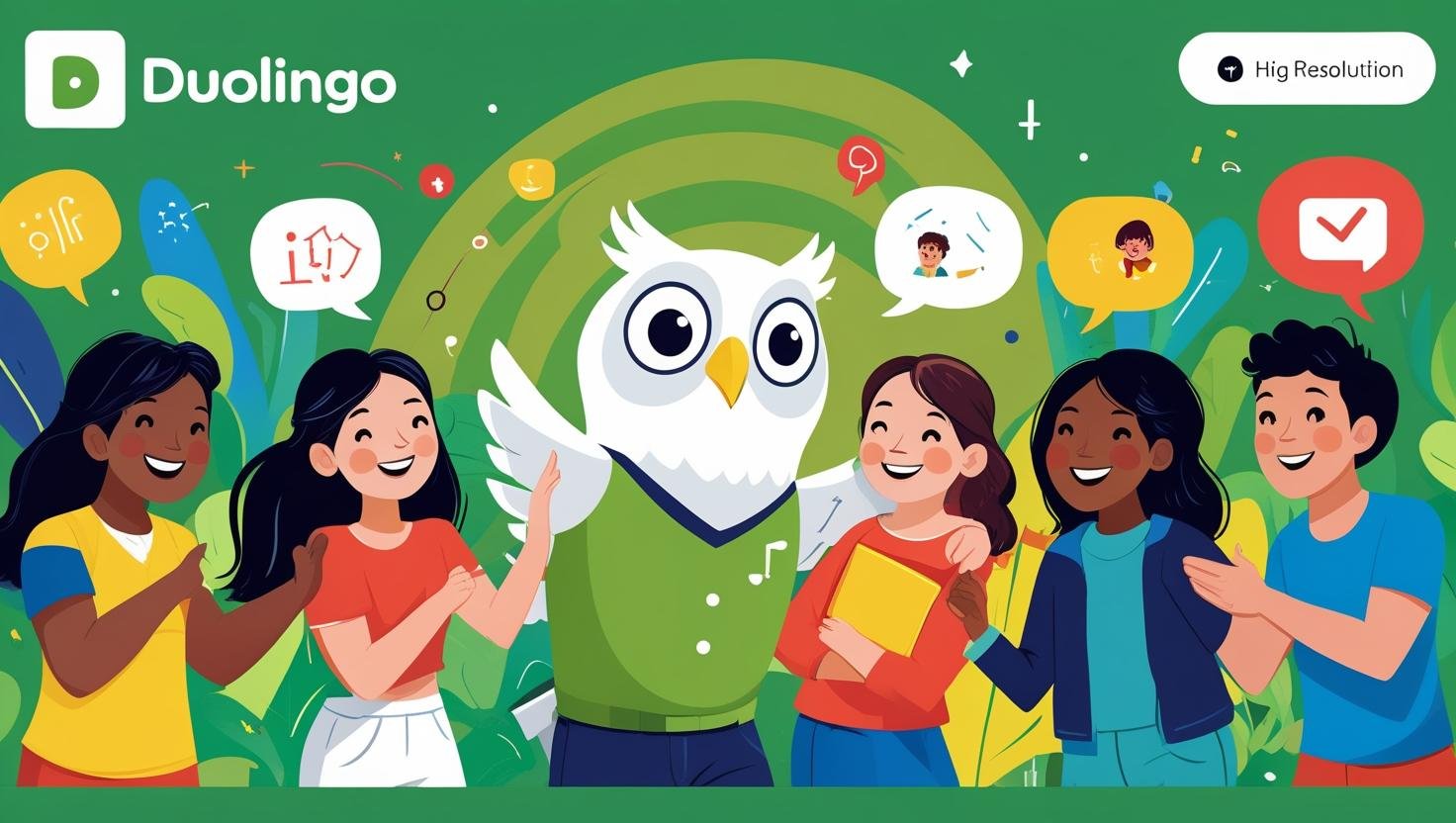Brand Collateral and Its Importance: Guide for Businesses
Brand collateral is more than just logos and brochures; it’s every piece of material that tells your audience who you are. From business cards to social media graphics, these assets shape the way people remember your brand. For a startup, it builds trust from day one. For established businesses, it strengthens recognition and loyalty. The importance of brand collateral lies in its ability to keep your message consistent across touchpoints. Whether online or offline, it acts as a bridge between your brand identity and customer experience, making sure your story is clear, professional, and memorable. What is Brand Collateral? Brand collateral refers to the collection of materials a business uses to communicate its identity, values, and message to the world. These assets are not just about design; they are tools that help build trust, create recognition, and support marketing and sales efforts. From a simple business card to a full corporate presentation, collateral shapes how customers perceive a brand at every touchpoint. It gives consistency and credibility, making even a small brand look professional and reliable. Over time, brand collateral has evolved from purely print-based materials to a digital-first approach. Earlier, brochures, flyers, and packaging carried the weight of brand storytelling. Today, the landscape is much wider: websites, social media graphics, email templates, and digital ads are often the first point of contact. This shift means businesses must adapt to shorter attention spans and more competitive environments. Modern collateral needs to be flexible, engaging, and aligned with the overall marketing strategy. When designed well, it not only answers the question of what is brand collateral but also shows how it can drive customer connection in both offline and online spaces, strengthening brand presence in every interaction. Types of Brand Collateral Every Business Needs Print Collateral – Business Cards, Brochures, Flyers Print remains timeless in brand collateral. Business cards help you make a quick, professional impression. Brochures and flyers deliver key details about products or services in a compact, visual format. They work well at events, trade shows, or even casual meetings, giving potential customers something tangible to remember your brand. A well-designed flyer can boost local campaigns, while a sleek brochure can reinforce credibility with corporate clients. Even in the digital era, print collateral builds personal connections that screens can’t always replace. Digital Collateral – Websites, Email Templates, Social Media Assets Digital is where visibility meets scale. A website is the central hub of your business identity, while email templates keep your outreach consistent and professional. Social media assets, such as banners, ad creatives, and story designs, are vital for driving engagement. These are often the first marketing collateral examples that potential customers see. Strong visuals and consistent messaging ensure your brand feels reliable. For instance, brands like Airbnb rely heavily on polished digital collateral to showcase trust and simplicity across platforms. Sales Collateral – Pitch Decks, Case Studies, Product Sheets Sales teams thrive on structured communication, and sales collateral delivers exactly that. Pitch decks simplify complex solutions, making them easy to understand for prospects. Case studies act as proof of success, showing how your product or service solved real problems. Product sheets highlight features, pricing, and benefits in a concise, shareable format. These marketing collateral examples give your team the confidence to handle client objections and close deals faster. When crafted well, sales collateral blends storytelling with evidence, moving prospects closer to conversion. Promotional Collateral – Merchandise, Packaging, Event Materials Promotional collateral creates memorable brand touchpoints. Merchandise like T-shirts or mugs turns customers into walking ambassadors. Packaging is equally important as it shapes how your product feels the moment it’s unboxed. Event materials such as banners, booths, and giveaways amplify your presence during trade shows or festivals. Think of how Coca-Cola’s packaging instantly communicates brand identity. Promotional collateral builds recognition and emotional connection by extending your brand into everyday experiences. Internal Collateral – Brand Guidelines, Employee Handbooks Internal collateral may not face customers directly, but it ensures brand consistency from within. Brand guidelines define tone, colour palettes, typography, and logo usage, keeping every asset aligned. Employee handbooks reflect company culture and set expectations for behaviour and values. These documents empower teams to stay on-brand in everything they produce. For example, Apple’s strict design guidelines ensure all touchpoints feel cohesive. Internal collateral strengthens both employee alignment and external brand trust. Collateral Type Purpose Example Brand Business Cards Quick professional identity Deloitte Website Central hub for brand communication Airbnb Pitch Deck Simplifies product storytelling Slack Merchandise Extends brand visibility Coca-Cola Brand Guidelines Ensures consistent communication Apple Why is Brand Collateral Important for Business Success? Every business, whether a startup or an established enterprise, needs tools that speak for its identity. These tools, logos, brochures, pitch decks, business cards, and social media creatives form the backbone of how customers see and remember you. Together, they are called brand collateral, and they play a crucial role in shaping perception, trust, and growth. Think of brand collateral as the bridge between your vision and your audience. It ensures consistency in communication and creates a lasting first impression. When designed thoughtfully, it not only supports sales but also nurtures long-term customer loyalty. Here are the key benefits of having strong and well-designed brand collateral: Builds recognition: Consistent visuals and messaging make your brand easy to recognize in a crowded marketplace. Creates trust: Professional collateral signals credibility, helping customers feel confident in choosing you over competitors. Supports sales and marketing: From presentations to brochures, it equips teams with polished tools to pitch and close deals effectively. Strengthens consistency: A unified look across platforms ensures your brand feels reliable and professional everywhere. Improves customer connection: Well-crafted collateral communicates values and personality, making it easier for customers to relate to your brand. Drives growth opportunities: High-quality materials open doors to partnerships, collaborations, and new markets. How to Create Effective Brand Collateral ? Creating brand collateral is more than just making pretty designs; it’s about building trust and recognition every time your audience interacts with your brand. From … Read more


